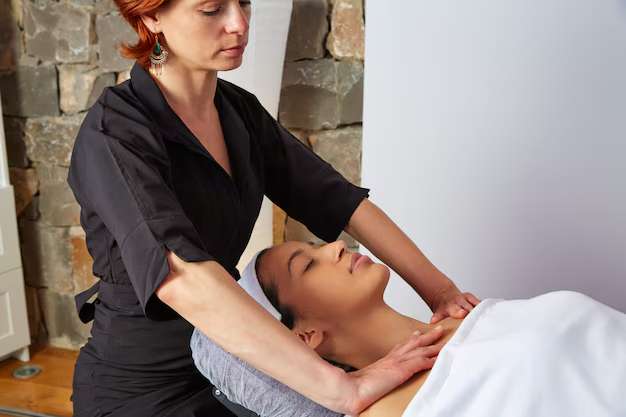How to Become a Licensed Massage Therapist: Degrees, Certifications, and Licenses
Embarking on a career as a licensed massage therapist not only offers personal fulfillment but also a promising professional path. To practice legally and ensure client safety, aspiring therapists must adhere to specific educational and certification requirements. While the prerequisites vary by state, most entail completing an accredited massage therapy program, typically an associate degree or a diploma that spans 500 to 1000 hours of study. These programs provide comprehensive training in anatomy, physiology, kinesthetic principles, and hands-on massage techniques vital for excelling in this field.
Upon completing your education, obtaining certification is the next step. Most states require passing the MBLEx (Massage and Bodywork Licensing Examination) conducted by the FSMTB. Earning this certification not only validates your expertise but also boosts credibility in a competitive market. Continuous education is invaluable for professionals who wish to expand their skills further by exploring specialized certifications, such as Sports Massage or Deep Tissue Therapy. Each certification sharpens expertise and opens doors to diverse opportunities, underlining the importance of perpetual learning for a thriving career in massage therapy.
Pathway to Becoming a Licensed Massage Therapist
-
🎓 Education
- Accredited Massage Therapy Program (500–1000 hours)
- Associate Degree in Massage Therapy
-
📜 Certification
- Pass the MBLEx (Massage and Bodywork Licensing Examination)
-
���� Advanced Specializations (Optional but Beneficial)
- Sports Massage Certification
- Deep Tissue Therapy Certification
-
🔁 Continuing Education
- Ongoing courses to maintain and expand licensure
By following and exceeding these foundational steps, you're well-positioned to turn your passion for helping others into a rewarding career.
